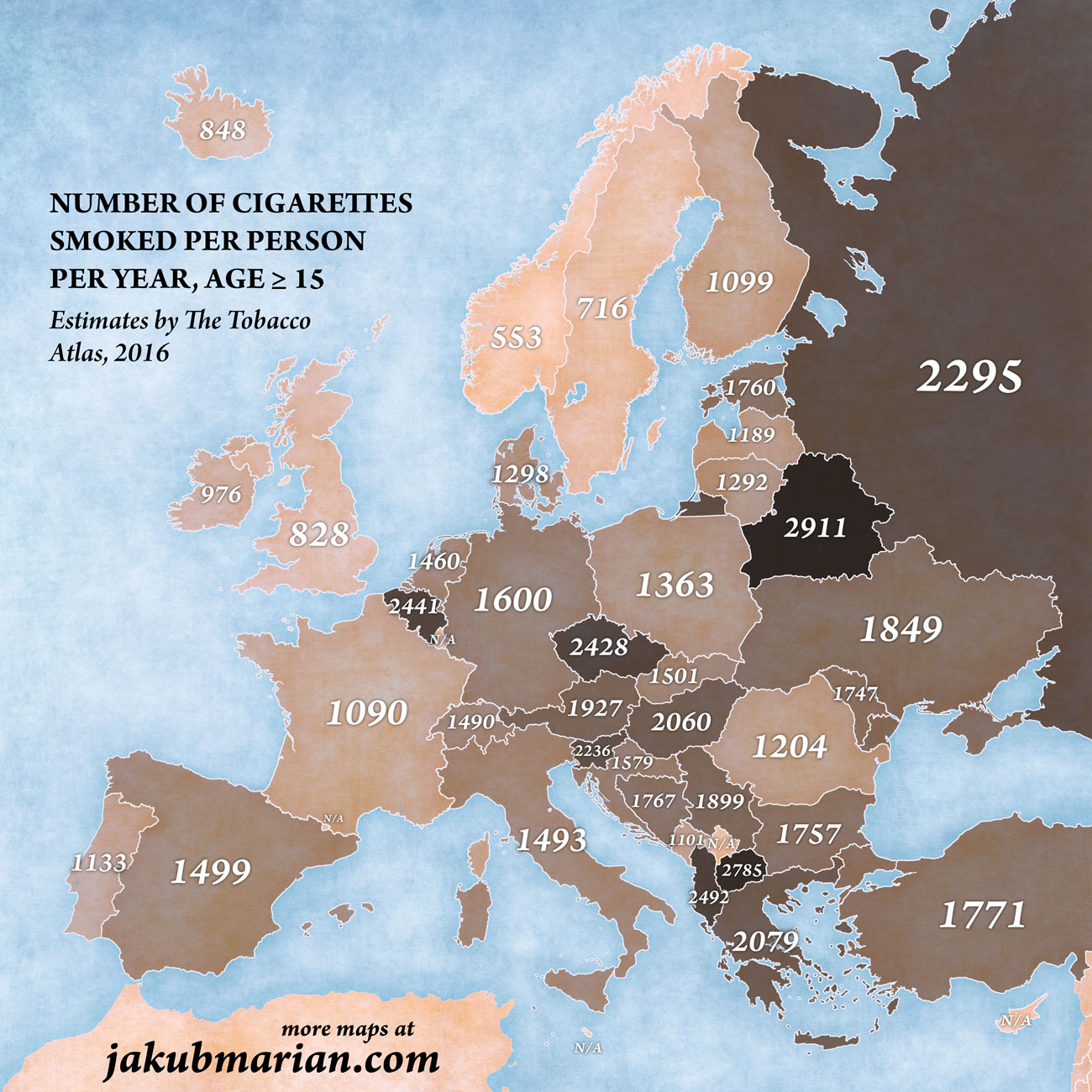^^Let them enjoy their moment. I totally understand the genesis.
The facts are still the facts, however. They didn't get hit because they aren't inundated with Japanese tourists and business people, nor are they at the center of travel with the rest of continental Europe and internationally, so it could come in from anywhere. In addition, Lombardia had a superspreader event, the Atalanta/Valencia match, and it seems the first cases were young healthy people who passed under the radar, so it spread silently for a long time, as I maintained from the beginning. Lombardy and the north in general also have longer lived people than in the south.
I could also argue that the real "heart" of the separatist movement was the Veneto, and they have very good numbers in comparison.
Plus, with all due respect to my husband and the southern Italian members here, had the south been the first hit and where it spread, given the state of their infrastructure, and particularly their health care system, and the almost compete dearth of ICU units, Lombardia would seem like paradise compared to what would have happened there.
As for "mistakes", all the countries in the west have made "mistakes", many of them because they followed the recommendations of the WHO, and also because a lot of the data coming out of China was incorrect. Remember the WHO telling all countries first that there was no person to person transmission because China said so, and that restricting international travel was a mistake, and that masks wouldn't help, and on and on?
It was only the data coming out of Lombardia that started giving a more accurate picture, as Dr. Birks of Trump's council pointed out at one of the recent briefings.
The Chinese told us to send the infected who didn't need hospitalization home. Now, they say maybe that was a bad idea and they should be isolated in separate facilities. Meanwhile, in California they followed that advice at first, and also were sending the recovering Covid patients to care homes, thinking they could isolate them there. Bad idea which they later abandoned. The Mayor of New York now says infected people not needing hospitalization will be put in hotels, but what about any non-Covid people in the hotels? What about the air vents?
It has also turned out that intubation may have made matters worse, but that fact has only emerged in the last week or so. Intubation has always been the standard treatment for ARDS symptoms. Are we going to blame the doctors now?
I'm really tired of all the "Monday Morning Quarterbacking". Where were they when it was going on?
I know what I said from the beginning, but how about Nancy Pelosi telling everyone in California to go out to Chinatowns, that the closure of travel from China was just racism? Now she blames everyone in the administration for mishandling the crisis. The mayor of New York was the same. People have short memories for their own mistakes and stupidities. Is it so hard to say: I was wrong.
How many of those Southern Italians living in Northern Italy were devil may care about the whole thing, thinking it was nothing and wandering around having parties at cafes with their friends until the quarantine was announced? It would be nice to know the number and how many are now criticizing. Had a lot of them been infected they would have infected the whole south.
Enough of using this for political gain. Clean up your own houses; prepare your own hospitals and banked supplies.








